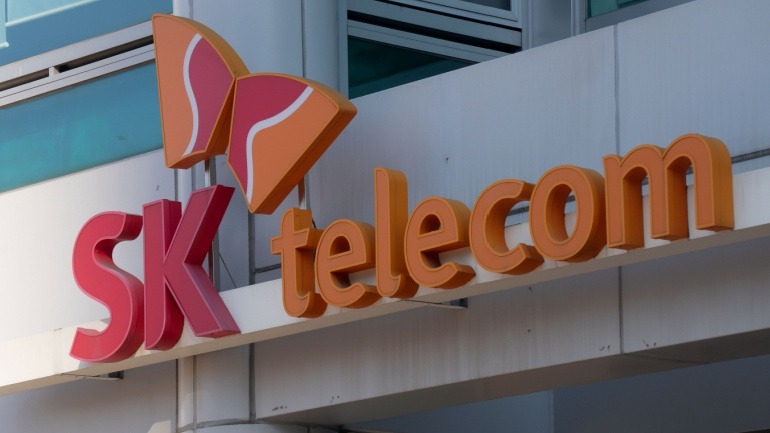Global smartphone shipments showed minimal movement in the first quarter of 2025, as manufacturers contended with economic pressures and evolving regional dynamics. According to Canalys, shipments reached 296.9 million units between January and March, only slightly higher than the 296.2 million units recorded during the same period last year. This marks the third quarter in a row where year-on-year growth has slowed, despite signs of overall recovery in annual volumes.
Samsung led the market with 60.5 million shipments, followed by Apple at 55 million. Combined, they held a 39 percent share. Samsung’s performance was bolstered by the release of its Galaxy S25 and updated A-series models. Apple, meanwhile, saw solid momentum in the U.S. and emerging Asia-Pacific regions.
Chinese companies rounded out the top five, with Xiaomi taking third place, trailed by Vivo and Oppo. However, growth in regions like India, Latin America, and the Middle East—previously robust—has started to falter, pointing to market saturation for mainstream devices.
Canalys analyst Toby Zhu noted that European volumes dipped, impacted by leftover high-end inventory and looming regulatory shifts under the EU’s new Ecodesign Directive. In contrast, China benefited from government subsidies, while African markets showed promise thanks to active retail efforts.
The U.S. stood out with 12 percent growth, driven largely by Apple’s domestic strength. Yet, looming trade tensions cast a shadow. Zhu warned that escalating global conflicts and protectionist policies could lead to localized manufacturing efforts, increasing costs and complexity.
In particular, U.S. tariffs may disproportionately affect budget-friendly devices, pushing average prices upward. Despite these headwinds, many manufacturers have yet to revise their 2025 targets, buoyed by recent positive trends in Southeast Asia and Latin America.







